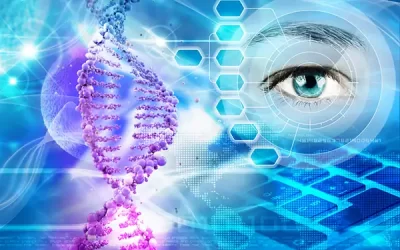Blog Posts
Public sector biobanking plays a crucial role in advancing the life sciences industry by enabling the development of new therapies, diagnostics, and vaccines. In this blog, we will first discuss the challenges within the biobank-industry ecosystem.
The Biobank-Industry Ecosystem
This ecosystem consists of both providers and research users of clinical biospecimens. Specifically, providers include biobanks, hospitals, doctors, and commercial intermediaries or brokers. On the other side, research users are biotechnology and pharmaceutical companies, which are essential for developing new therapies, vaccines, and diagnostics
What “Commercial Use” Means In Biobank Consent
Biobank Consent Forms When obtaining informed consent it is important to tell patients about the potential commercial use of their biological samples to build trust. For this reason, biobank consent forms frequently use the term “commercial use.” Equally essential is...
Academic Biobanks Should Provide Biospecimens to Industry
The Main Reason Academic Biobanks Should Provide Biospecimens to Industry The primary reason academic biobanks should provide biospecimens to industry is to improve patient care. Industry plays a vital role in developing new therapies and diagnostics. However, it can...
Biospecimen Access For Industry Requires Public Support
Public Attitudes Toward Biospecimen Access and Industry Cooperation Biospecimen access plays a crucial role in the development of vaccines, diagnostics, and therapeutics. However, public trust and support for industry cooperation in this area are often debated. In...
Commercial Biobanks: Their Role In Supplying Industry
Most human biosamples originate in the public sector, primarily from public hospitals and publicly-funded biobanks. This reliance on public sources highlights the need for robust public-private partnerships to support human tissue procurement for private...
Biospecimen Suppliers & Sourcing: Challenges For Industry R&D
This article explores the role of biospecimen suppliers in meeting the human tissue procurement needs of three key industry players: Large pharmaceutical companies Large in vitro diagnostics (IVD) companies Small and medium-sized enterprises (SMEs) in healthcare...
Biobank Cost-Recovery for Supply of Human Biological Samples
What kind of financial transactions are legitimate for human biological samples? There is some uncertainty about the correct answer to this question. There are also some differences of opinion. The Oviedo Convention The Council of Europe’s Oviedo...
Commodification: What Does It Mean?
Commodification occurs when something is treated as a commodity—bought, sold, or traded. This concept, particularly in relation to the human body and its parts, often carries negative connotations. As a result, people are concerned that biobank transactions might lead...
Biobank Access Policies Should Be Publicly Available
Finding suitable academic biobanks can be quite challenging for industry researchers. To begin with, the biobank must possess the necessary clinical samples. Additionally, it must have biobank access policies that permit industry collaboration. Unfortunately, many...
Biospecimen Provenance: What Researchers Need To Know
What is Biospecimen Provenance and Why Is It Important? To explain "biospecimen provenance": every biosample or tissue sample used in medical research follows a unique journey. This journey starts when a person donates a biosample and ends when a researcher...













